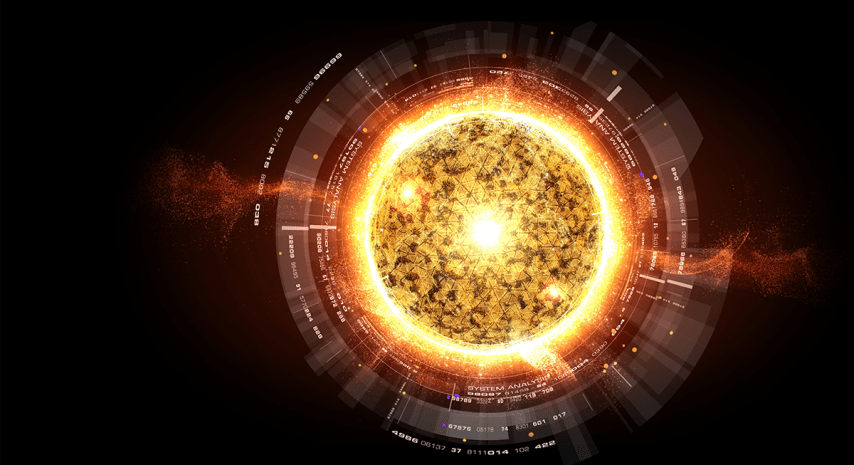


The Wandering Earth II, the prequel to the 2019 blockbuster “The Wandering Earth”, has been a big hit in China and other release areas since last month. The sci-fi movie received a whopping 7.9 rating on IMDb.

The eye-catching special effects and the futuristic technologies featured in the movie have been the topic of heated discussion in social media. Some of these futuristic technologies featured are closer to reality than you might think.
Today, we will walk through each of these novel technologies, starting from the most realistic, to those only a few steps away from us, then finally those that are pure science fiction for the foreseeable future. 【Spoiler alert! Just in case you haven’t seen it yet.】
So, let’s begin with the 1st one, the exoskeleton.

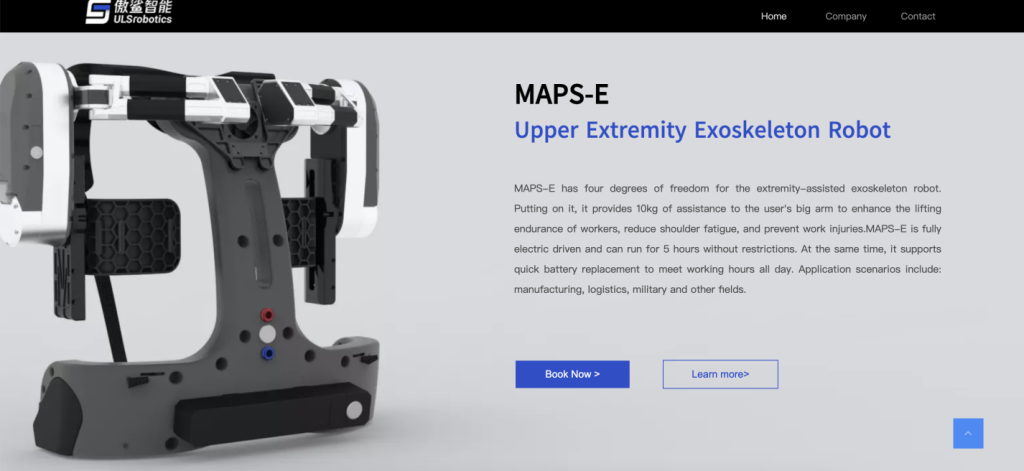
The upper body exoskeleton robot featured here is type MAPS-E. According to ULS’s company website, MAPS-E provides up to 10 kg of assistance to its users when they are carrying heavy loads, while reducing shoulder fatigue and preventing work-related injuries. It’s fully electric driven and its battery lasts for about 5 hours. The company also make waist and lower body models too. The latter can help a user walk while carrying a load up to 50 kg. In fact, one of the primary real-world use cases of the lower body exoskeleton model is elderly mobility assistance.
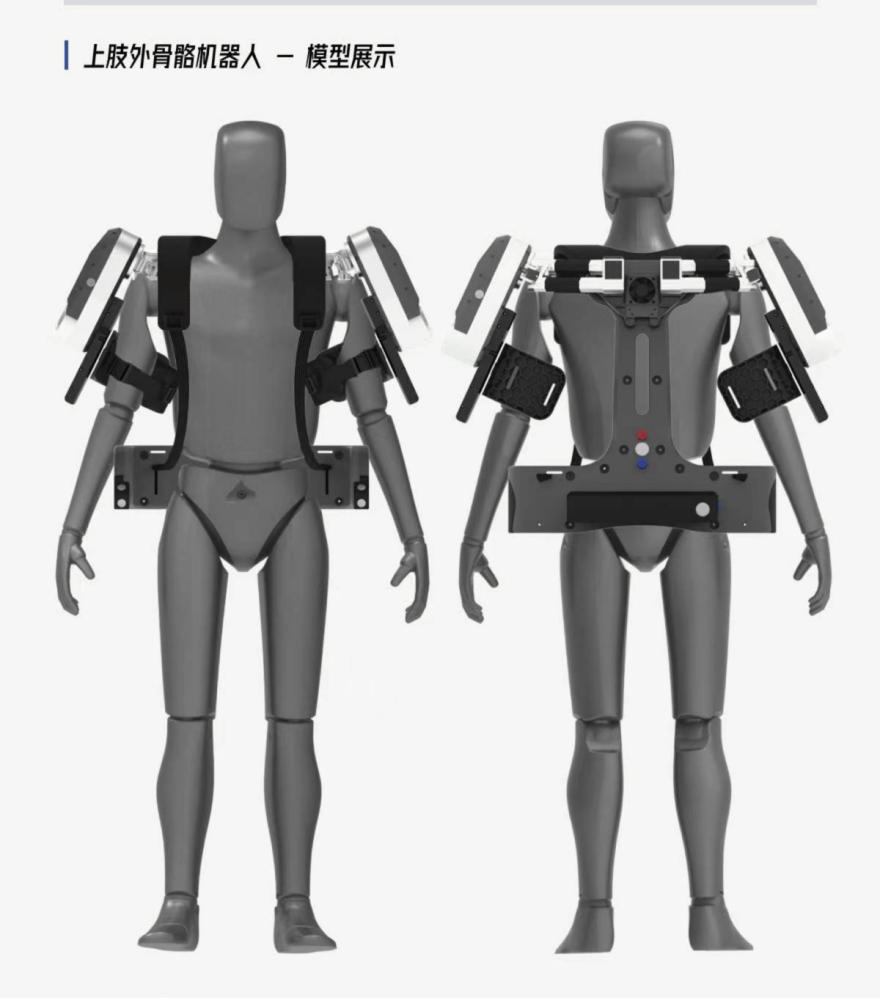
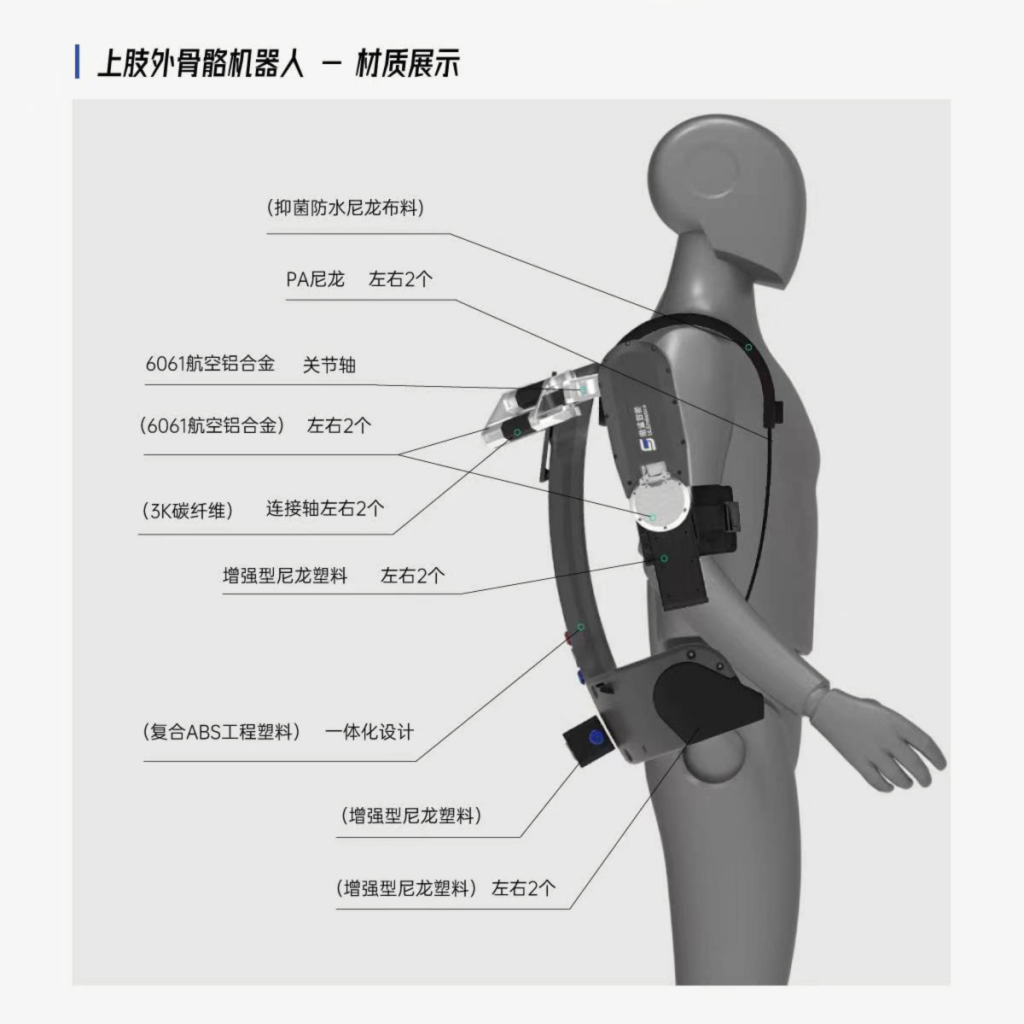
No doubt that by 2058, or 35 years from now, there’ll be much more advanced exo technology to deal with any kind of movement hindrance of the human body, as exoskeleton technologies and markets continuously mature. The direction of robotics R&D is gradually shifting from human-machine collaboration to human-machine integration, and exoskeleton technology is moving from the military into the commercial market, which makes me increasingly convinced that semi-robotics may become a norm in the future.
By one account, the global market value for exoskeleton robots is projected to be approximately $4.2 billion US dollars by 2028, growing at a 23.0% CAGR from 2022 to 2028. Without question, this is a huge market with high growth potential.
If we have to rate the exoskeletons from the movie using our scale, it would get a ‘5’ on the readiness dimension, as it’s already available on the market today, and 3 on the novelty. Its potential influence is contingent on a number of factors, such as affordability, production capacity, user experience and battery life. The movie has certainly provided an excellent marketing opportunity for ULS Robotics. At this moment, we would give it a 3 in this dimension, and wait for the news following up from this startup.
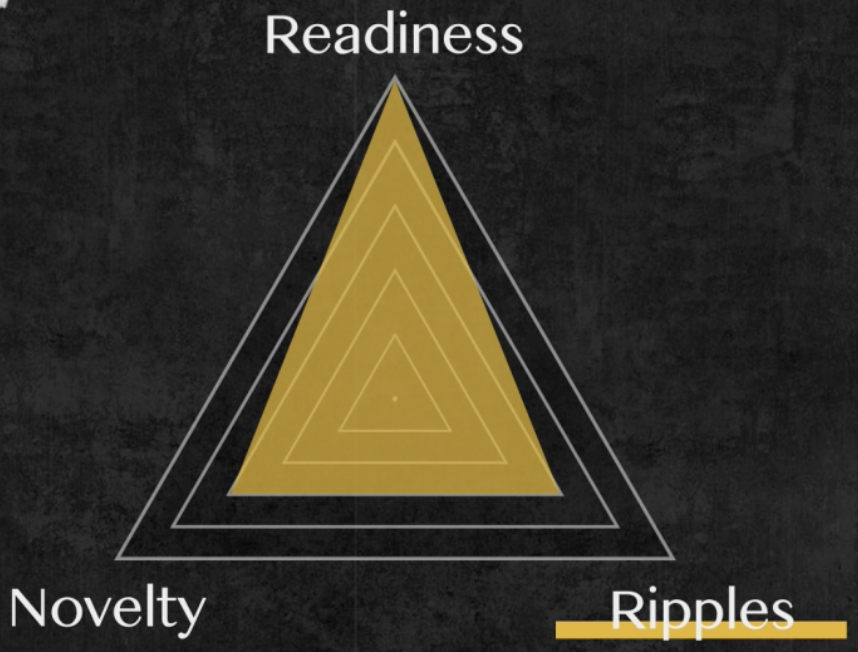
Now let’s talk a bit about the space elevator. This was featured in one of the most heated scenes in the movie.
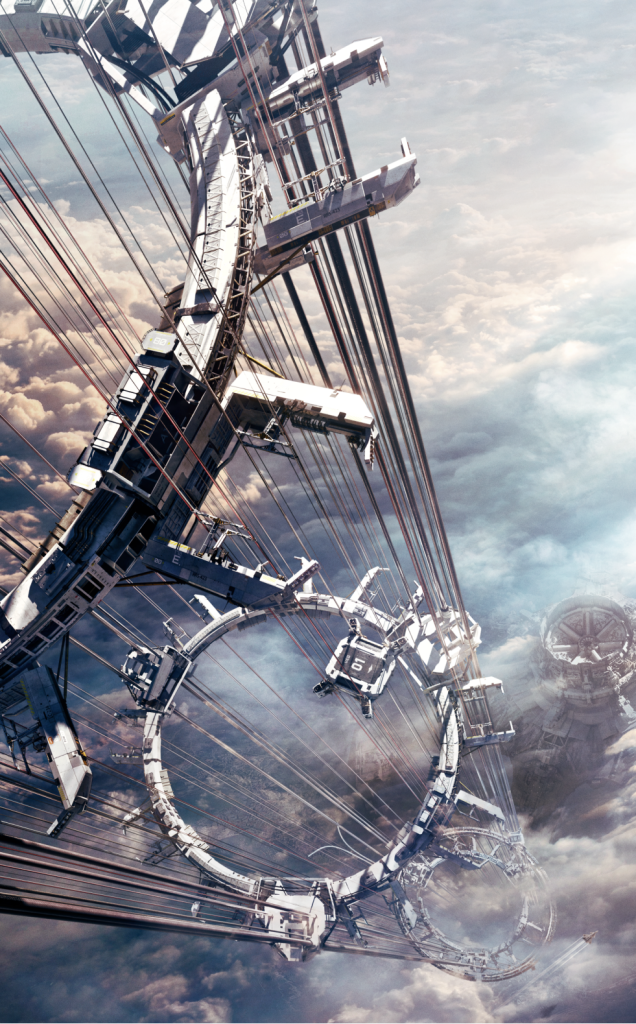
To get to the moon by elevator is nothing new in sci-fi, but few have realized that some researchers around the world are actually working on such endeavors. They have a good incentive to make this science fiction dream come true. A space elevator is a vastly more economical way than rockets to travel to low-earth orbit. Today, recreational space travel remains a joyride reserved only for the world’s super rich. In the commercial space travel industry, it costs around $20,000 USD for every kilogram of payload. That means a brief holiday in outer space for a 70KG adult would easily exceed $1.4 million US dollars. By contrast, the cost of carrying every kilogram by elevator is merely $200 bucks! That’s still an exorbitant amount for average folks like us, but it starts to put space tourism into the realm of the possible for people who are not billionaires. Of course, the biggest value of a space elevator isn’t consumer space tourism, but rather the ability to put satellite payloads into low-earth orbit at a fraction of the cost compared to rocket-based delivery.
That said, building an elevator to the moon may be too ambitious for today’s scientists. Currently, scientists want to start with an elevator to a space station. This is not just because the space station is much closer to us, at just 400 kilometer above the earth, but also because the space station is in a geosynchronous orbit. There’s something special about geosynchronous orbits. This orbit surrounds the equator of the Earth. Payloads in this orbit stay still relatively to the Earth. They rotate along with the Earth. This means that if you drop a cable from the station, it won’t tangle up or get dragged and pushed as a result of relative movement between it and the Earth. And more importantly, the force of gravity and centrifuge reach a fine balance on this orbit. Those 2 forces compete with one another. Below geosynchronous orbit, gravity wins, and beyond it, centrifugal effects win.
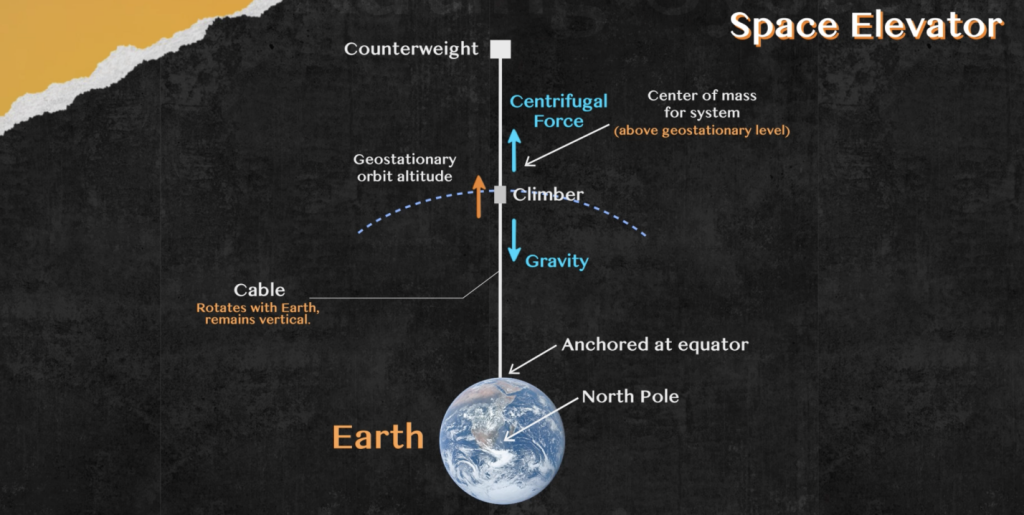
These forces give the cable maximum tension, and that requires such a cable to be made with a material whose specific strength is roughly 50 times that of steel!
Unthinkable as it might sound, scientists have in fact found such material – carbon nanotubes. This is a tube made of carbon with diameters typically measured in nanometers. On the wall of such nanotubes, carbon atoms are arranged into hexagons which give the material very high strength. In ideal conditions, the strength of carbon nanotubes can reach 800 gigapascals. That’s approximately the strength of diamonds.
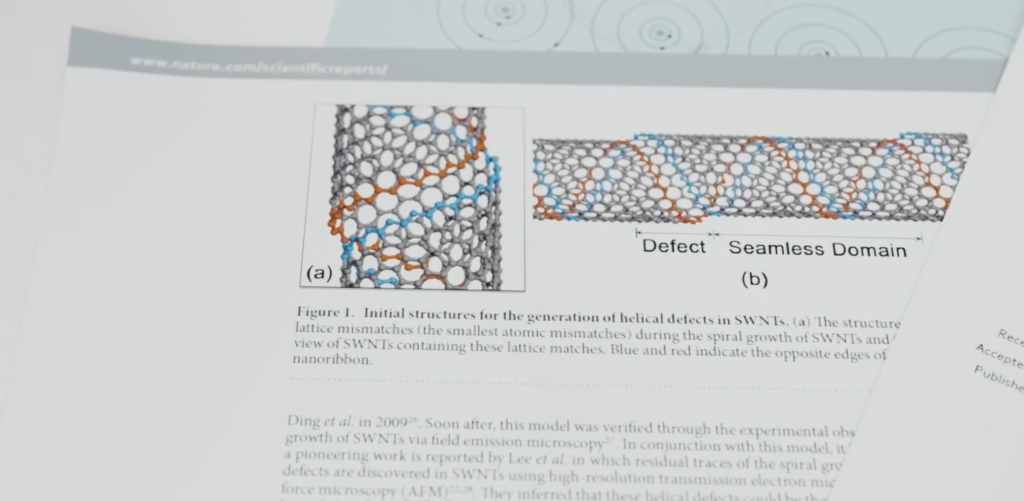
One of the biggest challenges today is making nanotubes long enough to be constructed into cables stretching at least 400 kilometers. To this date, scientists only succeed in making it into a few meters long, so we’re still years away from taking our first ride in a space elevator.
BTW there is an interesting tidbit outside the movie, the China Aerospace Science and Technology Corporation expressed its support for “The Wandering Earth 2” on Weibo, and said: “By 2045, the construction of sky ladders, earth stations, and space stations is expected to become a reality.”
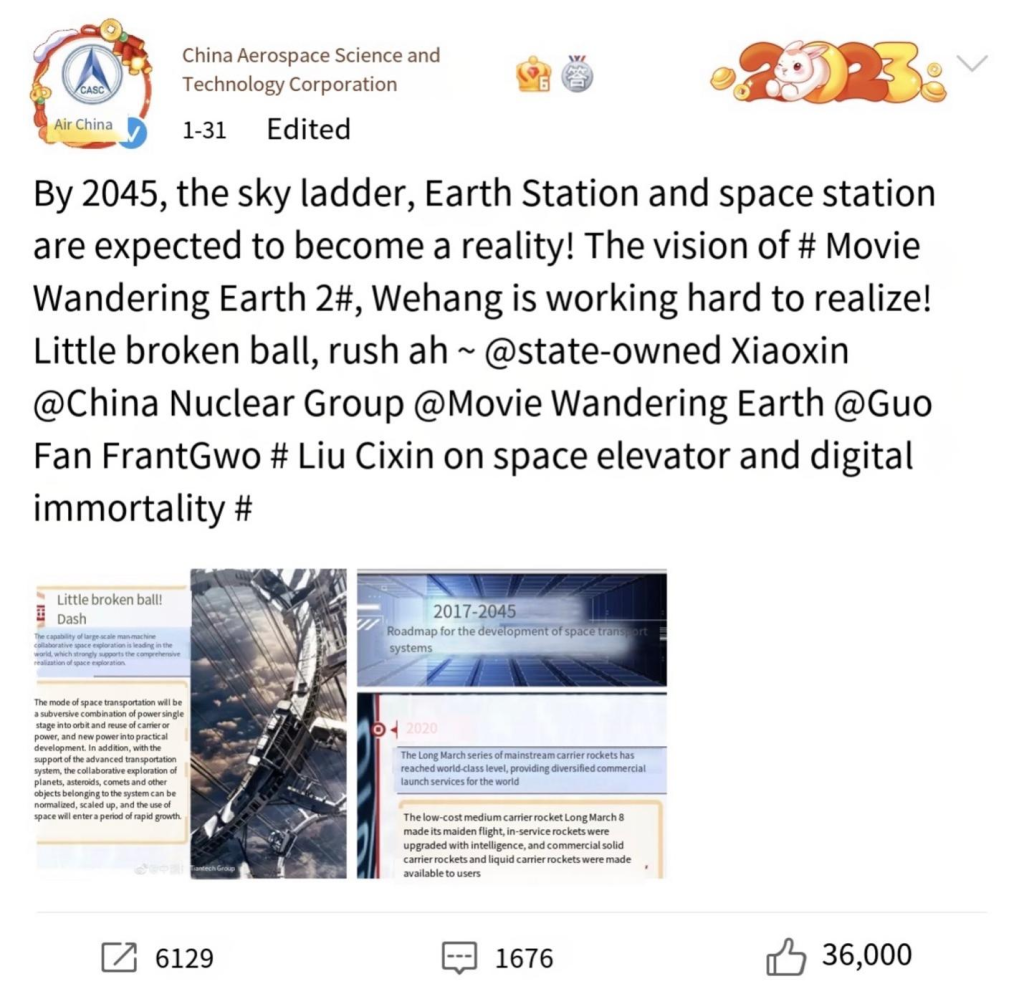
Maybe we can expect something within our lifetime.
If I have to rate those undergoing space elevator projects, which are invariably at very early stage, I would give them 1 for readiness, 4 for novelty and 4 for the potential influence.
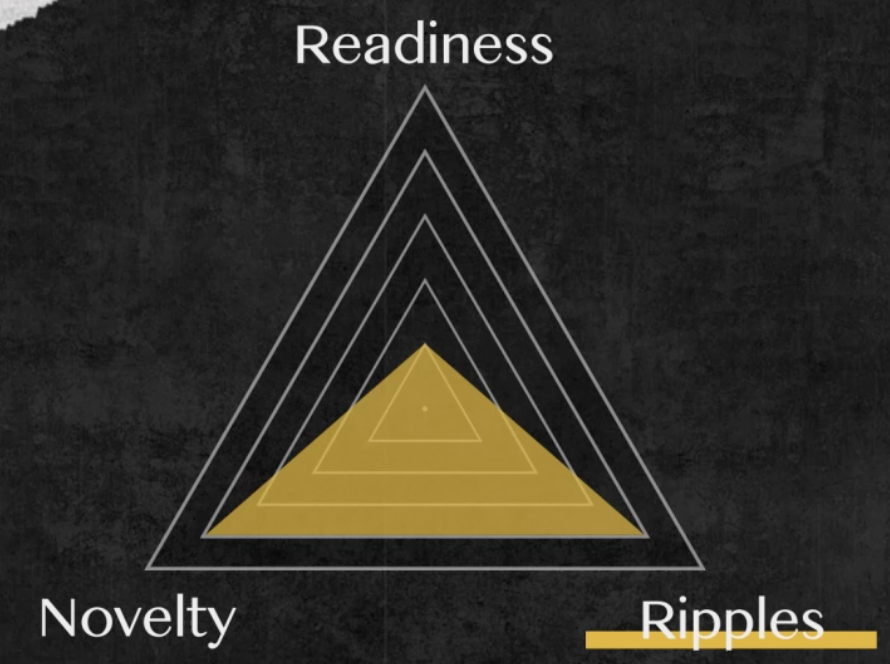
In addition to the space elevator, the REAL high-tech star in the movie is the 550 series of quantum computers. The movie highlights the capabilities of quantum computers, for example, its computing power is so powerful that it can help humans complete the construction of multiple planetary engines in a short period of time; it also plays an important role in the film’s climax, connecting the global planetary engines. The later models of the quantum computer even enable uploaded minds to have a “digital afterlife” of sorts.
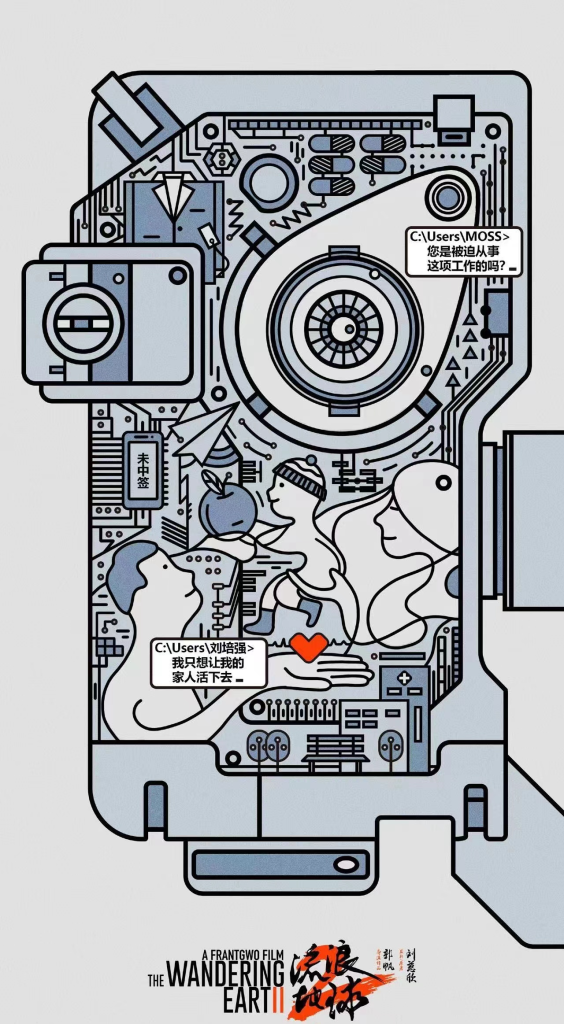
Quantum computer have been built in the labs during the last few years by scientists from around the world, like Google’s Sycamore, or USTC’s “Jiuzhang”.
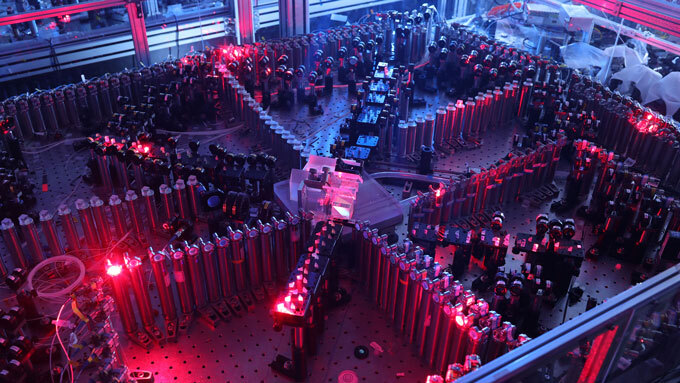
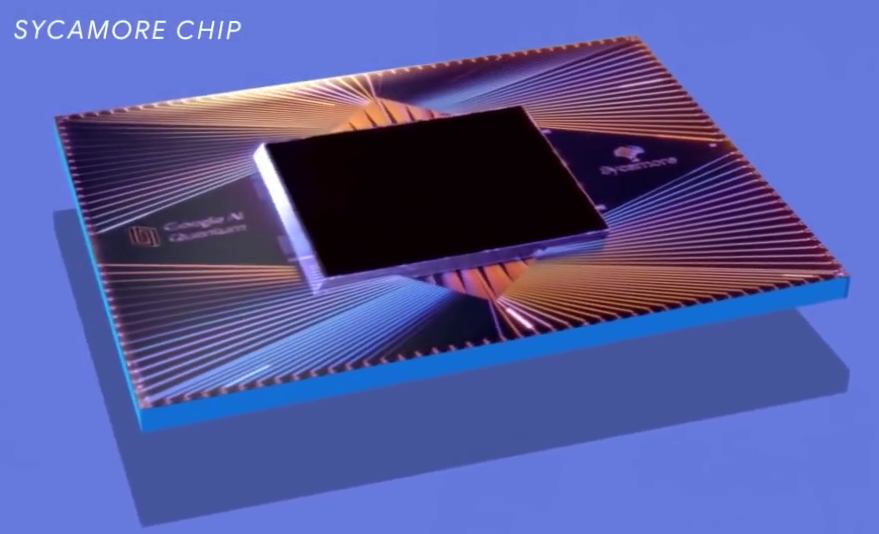
It In 2019, IBM launched their first circuit-based commercial quantum computer, Q System One. has to be housed in a 2.7×2.7×2.7 meters airtight glass cube that maintains a controlled physical environment. You certainly can’t carry this computer around like they did in the movie, nor would it withstand the harsh environments of the moon. In reality, the closest thing to a desktop-sized quantum computer is Gemini, built by a Shenzhen-based startup called SpinQ.
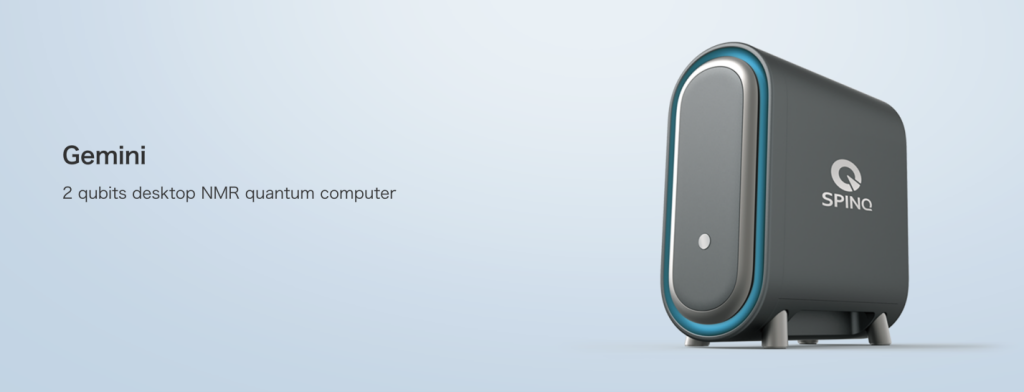
From the outside, SpinQ doesn’t look very different from a common desktop in size and design. It weighs 55 kg, has a volume of less than 0.3 cubic meters, and costs less than $50 thousand US dollars. The IBM Q System One contains a 20-qubit quantum processor, while the Gemini only has a 2-qubits. But that might be just enough for its stated goal. In a research paper published by the startup in 2021, SpinQ’s Gemini aims to provide hands-on experience for teaching quantum computing at all levels, from K-12 to the college level.
Technically, whether it’s a large quantum computing prototype or a teaching machine like the SpinQ Gemini, no quantum computer has yet actually achieved the expectations of scientists’ ideas, and both China and the US have only reached the first stage of their goals.
The expectation of scientists is to build a quantum computer of practical value within five to ten years. Truly creating a general-purpose quantum computer like the omnipotent MOSS in the movies may have to wait longer. But this is currently one of the world’s most heavily invested and vigorously developed fields of science and technology, so progress is constantly happening.
At present, I will give the SpinQ Gemini a 5 in readiness, 3 on novelty, and as to the potential influence, it remains to be seen, so a 3 seems to be appropriate.
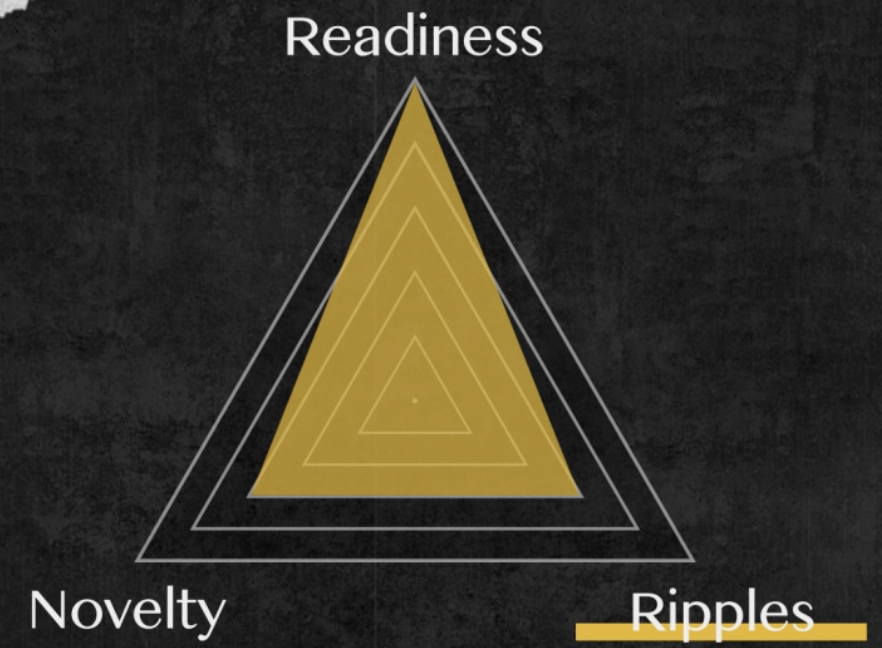
All the technologies we’ve discussed so far are more or less works in progress, some are in earlier stages of development than others. But with this last one, scientists in reality don’t even agree on where to start. At the moment, uploading your mind into the digital world is still purely science fiction. The main reason is that there’s no clear consensus among neuroscientists as to what consciousness is, and where it is in the brain. There are cognitive scientists who believe the so-called consciousness is actually a user interface of our brain, just like what we see on the screen of computer. We don’t know what’s going on behind the screen when pressing the icons on the screen, we don’t need to know either, as long as the machine functions well.
Therefore, a question inevitably arises: can we upload our consciousness without knowing exactly what it is? Although the movie itself doesn’t reveal much on how the characters did it, one of the science advisors of the movie shared their idea behind this concept during an interview. To upload consciousness, one has to first record it with as much detail as possible. As they conceived the idea during the making of this movie, it basically entails recording the brain activity with electroencephalogram, or EEG, while making a series of snapshots of all the neural connections in the brain. This would require the users to wear some kind of EEG headset continuously and frequently during a prolonged period of time, and lie in brain scanning machines from time to time. To be honest, it’s indeed a well-imagined approach for achieving such a feat, even if that sounds somewhat impractical by today’s standards.
The brain’s cognitive functions rely largely on the connection of neurons. For this reason, neuroscientists have developed an approach to detail all these connections, and they refer to this map of neural connections as “connectome”, clearly inspired by the similar term “genome”.
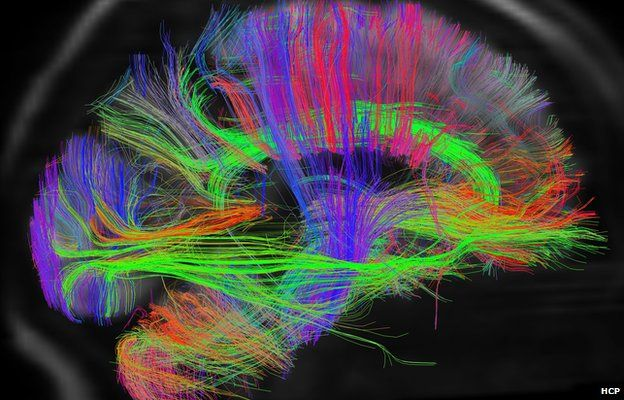
But to record consciousness and upload it, recording a person’s “connectome” alone might not be enough. Just as detailed road maps don’t tell us anything about the type of vehicles that travel those roads, or the cargo they haul, connectomes don’t provide any information about the pattern of electric communications among neural connections. In another words, it doesn’t record how a brain uses these connections to convey messages. But one may ask: what about the EEG which supposedly record the brain’s electric activity? Unfortunately, current EEG technology has its limitations. The EEG can’t zoom in and tell you what’s happening in any individual neural connection. But for recording memory or consciousness, understanding what’s happening on a given neural connection is crucial. So far, scientists have no way to observe the behavior of an individual connection in a living human brain. They have only observed it on neurons grown in petri dish. Beyond this, there’s also some evidence showing that the substance within the neurons is at least equally important for forming memory. In 2018, scientists transplanted mRNAs in the neurons of one seasnail to another, and found that the recipient seasnail acquire the memory from the donor.
Given that there are too many unknowns in neuroscience, especially the inner working of our mind and consciousness, digital afterlife remains a thing of the distant future, and it’s uncertain as to whether we’ll ever achieve such a feat.

Since we currently have no viable path to a “digital afterlife”, I don’t see any point in rating a non-existent technology at the moment. But as a sci-fi idea, it’s becoming more & more common place. Not long ago, Elon Musk said on his Twitter that he has already uploaded his brain to the cloud, without revealing much detail, and caused much speculation & ridicule.

In the foreseeable future, perhaps with advances in neuroscience and digital technologies, I believe news about attempts to upload mind will make headlines from time to time and continue to capture our imagination.
However, as is indicated in the movie, the uploading of consciousness to supercomputers such as 550W doesn’t necessarily bode well for humans. Uploaded consciousness may give the computer a human face, as it now goes by the personified name “MOSS”, 550W spun upside-down, and can crack a joke no matter how awkward it sounds.
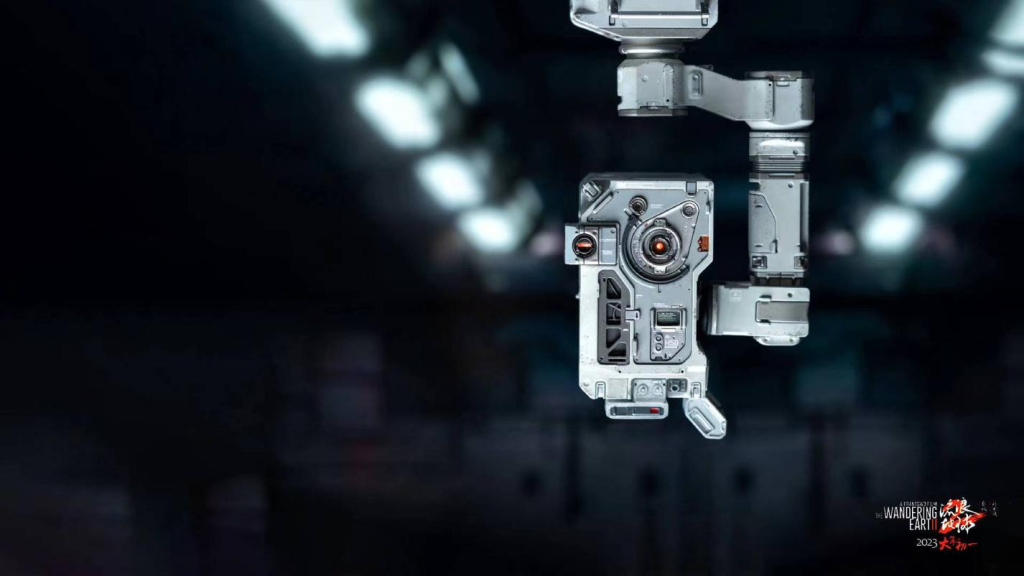
The now-sentient MOSS claims responsibility for both of the past two crises, as well as several yet-to-happen future crises… This invited lively discussions on internet as just recently, the arrival of CHAT GPT has stormed the world. The conversational AI seems to be capable of doing many things.

It no longer appears cold and rigid, as most chatbots, and it even gives you the illusion of having a human touch. If improvements continue, it would one day replace most human workers. People’s reactions and feelings are mixed; excitement of this wonderful new tool on one hand, and anxiety about our job security on the other. Although the intelligence level of current AIs is nowhere near that of MOSS, the disruption they bring about is real and comprehensive.
We can rest assured for now that AI is not going to have consciousness anytime soon, whether by upload it or some other ways, since artificial general intelligence is still in its early stages. The relevant question is how we can have a positive symbiotic relationship with the ever more powerful AI, so that we can ride the tide of technological improvements to new heights of human progress.
What we talked about today are just a few of the novel technologies featured in The Wandering Earth 2. What scenes of scientific progress captured your imagination in this film? Go watch it & give us your thoughts!




